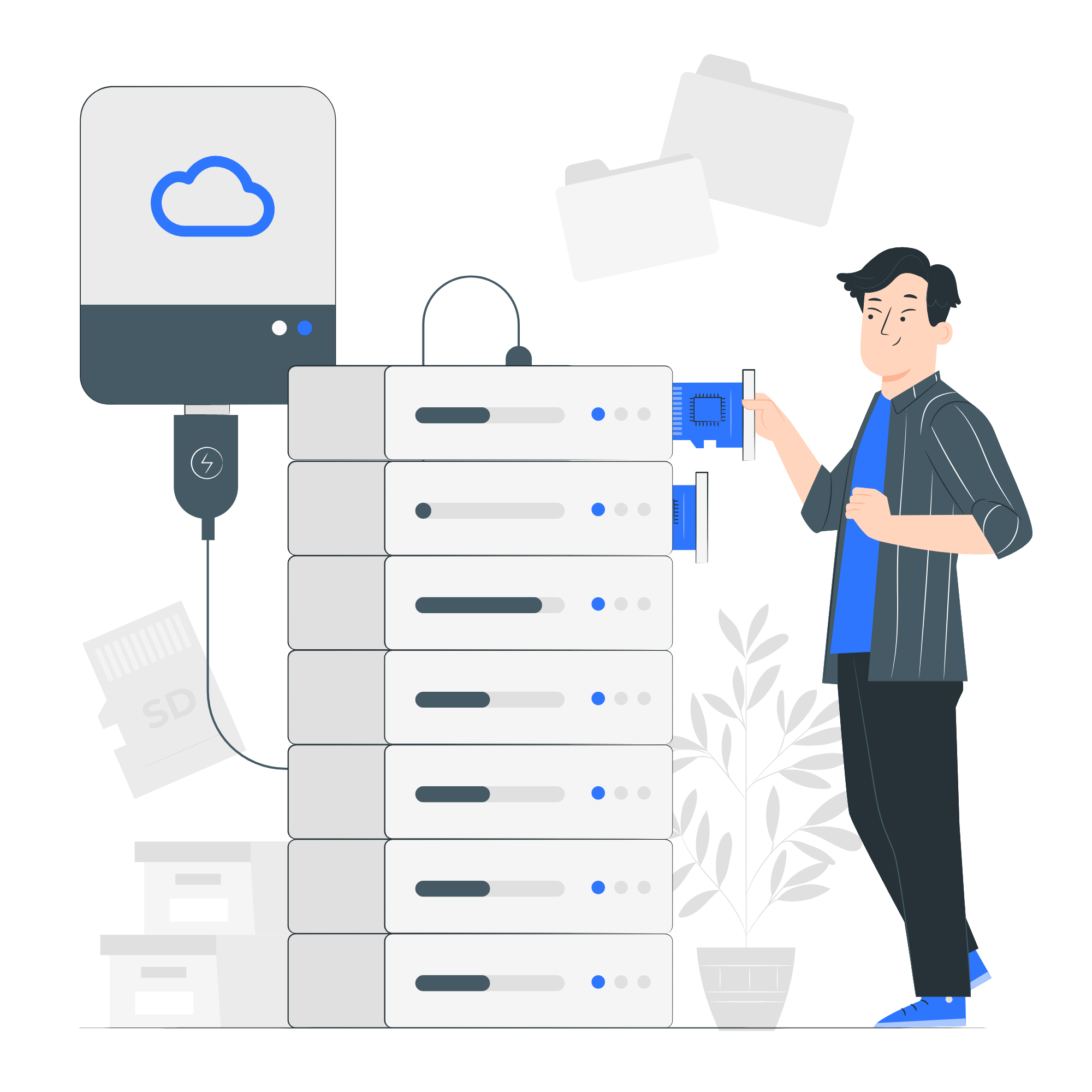6 Key Dependencies to Consider When Evaluating Infrastructure for Cloud Migration
Migrating to the cloud can offer numerous benefits, including increased scalability, flexibility, and cost-efficiency. However, before making the move, it is important to evaluate your existing infrastructure and identify any dependencies that may impact your migration plan.
Here are some key dependencies to consider when evaluating your existing infrastructure for cloud migration:
1. Application Dependencies
When migrating applications to the cloud, it is important to ensure that they can function correctly in the new environment. This means identifying any dependencies on specific hardware, operating systems, middleware, or other software components.
For example, an application may depend on a specific version of the .NET Framework or a particular version of a database. If the cloud environment does not support the required software components or versions, the application may need to be re-architected or modernized to function correctly.
2. Network Dependencies
Applications may also have network dependencies, such as specific IP addresses, ports, firewalls, load balancers, or VPNs. When migrating to the cloud, it is important to ensure that these dependencies are taken into account and that network configurations are adjusted as necessary to support cloud deployment.
For example, an application may require a specific IP address or port configuration that is not supported in the cloud environment. In this case, the network configuration may need to be adjusted to ensure that the application can communicate with other systems and services in the cloud environment.
3. Data Dependencies
Applications may depend on specific data sources or data formats, and it is important to ensure that these dependencies are met in the cloud environment. This may involve migrating data to the cloud or ensuring that data is accessible and in the correct format in the new environment.
For example, an application may depend on a specific database schema or file format that is not supported in the cloud environment. In this case, the data may need to be migrated to a supported format or a database with a compatible schema.
4. Infrastructure Dependencies
Applications may depend on specific hardware or infrastructure configurations, and it is important to ensure that these dependencies can be met in the cloud environment. This may involve adjusting cloud configurations to match the necessary infrastructure requirements or ensuring that the necessary resources are available in the cloud environment.
For example, an application may require a specific number of servers or a particular storage configuration. In this case, the cloud environment may need to be configured to provide the required resources, such as instances or volumes, with the appropriate specifications.
5. Compliance Dependencies
Applications may depend on specific compliance requirements, such as data protection, privacy, or industry regulations. It is important to ensure that these compliance dependencies are met in the cloud environment, and that the necessary security and compliance controls are in place.
For example, an application may need to comply with regulations such as HIPAA or GDPR. In this case, the cloud environment must meet the necessary compliance requirements, such as providing encryption or access controls to ensure data protection and privacy.
6. Licensing Dependencies:
Some applications may be licensed for use on a specific platform or infrastructure. When migrating to the cloud, it is important to ensure that the necessary licenses are in place and that licensing requirements are met.
For example, an application may be licensed for use on a specific version of Windows Server. In this case, the cloud environment must provide a compatible version of Windows Server or a license to use the necessary software.
Overall, evaluating existing infrastructure dependencies is a critical step in the cloud migration process. By identifying and addressing these dependencies, you can ensure that your migration plan is successful and that your applications and data can function correctly in the new environment.
Resources:
https://aws.amazon.com/professional-services/caf/
https://docs.microsoft.com/en-us/azure/cloud-adoption-framework
http://Google Cloud Migration Center at https://cloud.google.com/migration


